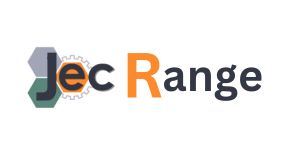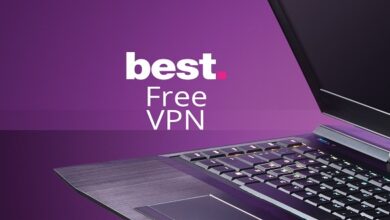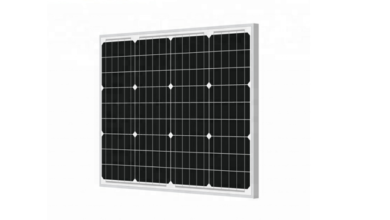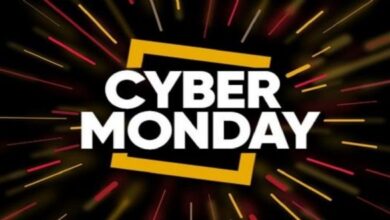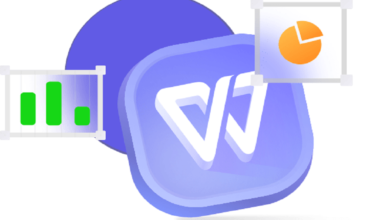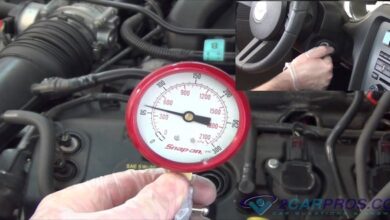What Hopeland UHF RFID Readers Offer

Retail, parking lot billing based on RFID technology, inventory of smart warehouses based on RFID technology, automated warehouses, etc. all employ Hopeland UHF RFID readers extensively. The benefits UHF RFID readers provide to various businesses are covered in the article, as well as how they can significantly alter how they conduct business.
The UHF RFID reader: what is it?
Ultra-high frequency (UHF) radio waves are used by UHF RFID tags to communicate with readers. UHF RFID tags may be read from a farther distance than conventional RFID tags because they are not hindered by metal objects. This makes it possible to track things in bigger warehouses and store them safely. UHF RFID readers can also be used to identify and monitor goods in hostile settings, including inside a container or on a ship, due to their ability to penetrate most materials.
What advantages can Hopeland UHF RFID readers offer?
Using a UHF RFID reader has several benefits over other kinds of readers. UHF RFID readers have the benefit of being less susceptible to interference from nearby electrical equipment. In comparison to other types of readers, UHF RFID readers can read tags from a great distance away. Because they are out of reach for other readers, you can use them to read tags on items.
Improved customer service is possible. With UHF RFID scanners, customers may access their goods more quickly and easily, saving both time and money.
Conclusion
UHF RFID reader technology has grown in popularity recently for several reasons. The capacity to read tags from a vast distance makes it perfect for usage in high-security contexts, which is perhaps the most obvious advantage. Fast reading speed and low power consumption are additional advantages that make it ideal for applications like automatic identification and tracking or item tracking. So, Hopeland RFID might be the solution if you’re looking for a cost-effective UHF RFID reader that can fulfill your precise requirements.
